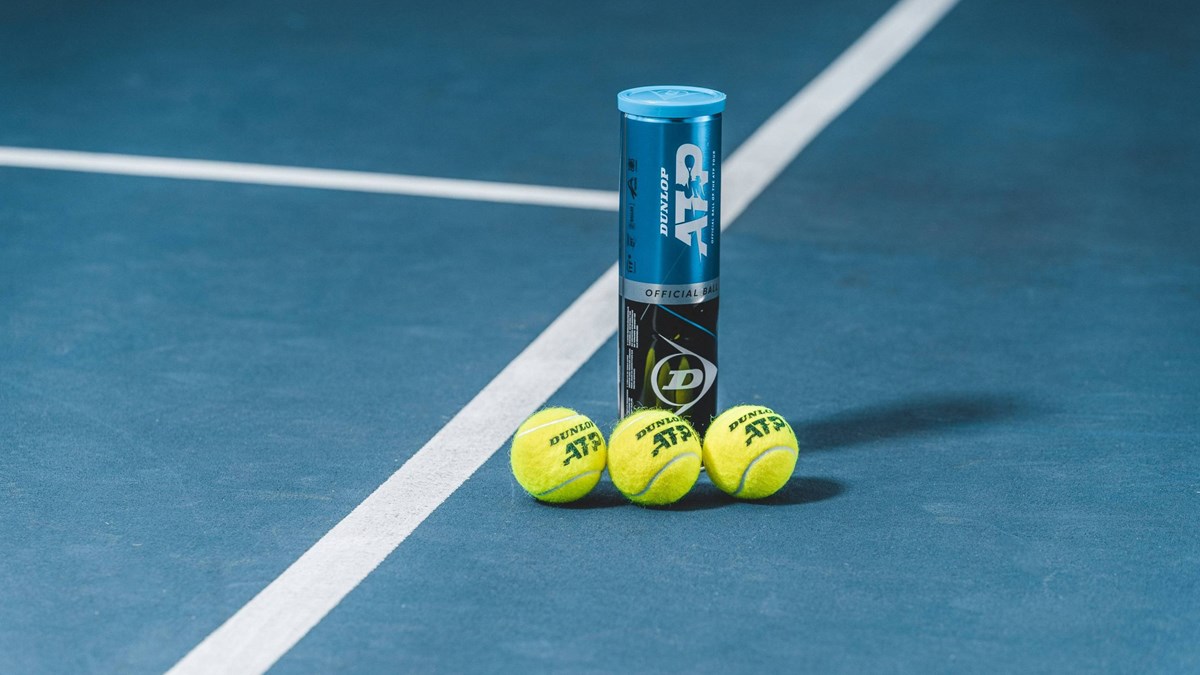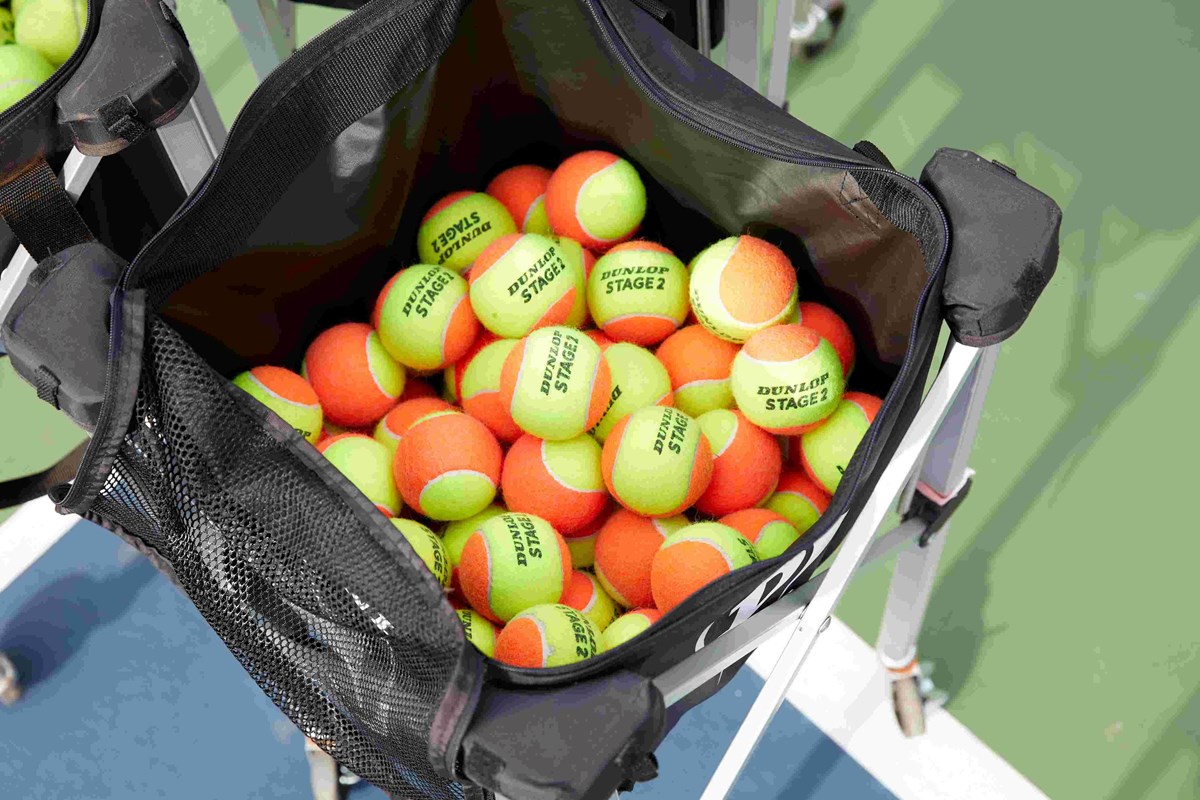Which tennis ball is right for you? A complete breakdown

Choosing the right tennis ball can have a significant impact on your game. Whether you're a beginner, a competitive player, or just looking for the best practice ball, understanding the differences can help improve your experience on court.
Our partners at Pro:Direct have broken down everything you need to know about tennis balls so you can choose the best option for your next hit.
Types of tennis balls
Pressurised tennis balls
Pressurised tennis balls are filled with gas, typically nitrogen or air, which gives them their bounce and lively feel.
These are the more traditional yellow tennis balls that you see the pros using at tennis tournaments across the season.
Benefits:
- Higher bounce and spin potential
- Preferred for professional and competitive play
- Lighter and faster off the racket
Drawbacks:
- Lose pressure and performance over time
- Shorter lifespan compared to pressureless balls
Best for:
- Competitive matches and tournaments
Pressureless tennis balls

Pressureless tennis balls don’t contain internal gas, relying instead on a solid rubber core for their bounce.
These are often different coloured tennis balls which are slower, softer and lighter and therefore easier to hit – so you can have longer rallies and learn the sport.
They come in red, orange or green (think traffic lights but with red the easiest to hit) and even some of the top pros use them when working on something new or coming back from injury.
Benefits:
- Longer-lasting durability
- Consistent bounce over time
- Great for practice and training
Drawbacks:
- Heavier and harder, which can be tough on the arm
- Less responsive and lower spin potential
Best For:
- Practice sessions and ball machines
- Recreational and beginner players
Best tennis balls for practice vs competition
- Best for Practice: Pressureless balls, as they last longer and provide consistent performance over time.
- Best for Competition: Pressurised balls, as they deliver better spin, speed, and feel for high-level play.
- Best for Beginners: Pressureless balls, as they are more forgiving and durable for extended use.
FAQs
Pressurised balls typically last one to three matches before losing their optimal bounce.
Since they are heavier and firmer, prolonged use can cause strain, so they may not be ideal for players with arm issues.
